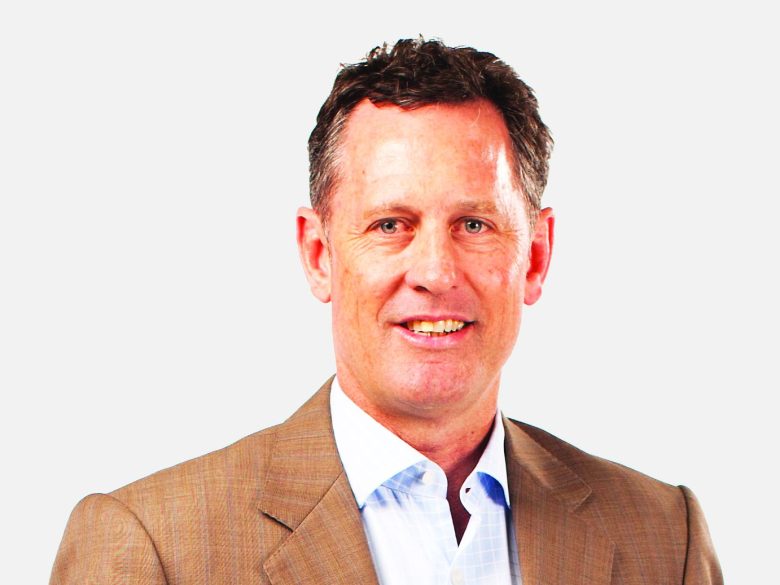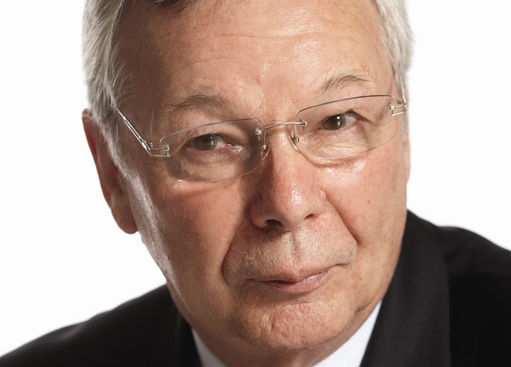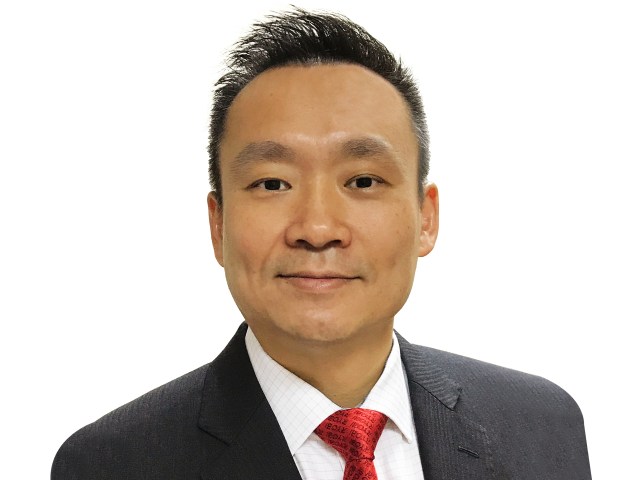
This article appeared in the March 2025 issue of Australian Printer, authored by Eckersley Print Group’s Tom Eckersley
For Eckersley Print Group (EPG), 2024 was our most successful year in 53 years of trade. We experienced significant growth in print and steady growth in promo, uniforms, signage, and logistics.
EPG’s highlights for the year included an array of new software and the addition of new production equipment following our visit to drupa.
We added a new Ricoh C9500, Duplo iSaddle5.0, Card Cutter CDUPLO 648, and a Horizon PUR Binder BQ-280 to our arsenal. In logistics, we added a new Crown picking bay lifter and added an additional van to the delivery fleet.
In addition to the new equipment added, we made significant changes to our online portals. As a result, we managed to increase our average monthly orders received online to 200 per month.
We also completely re-racked our logistic sheds, adding an additional 120 pallet bays and 200 picking bays. We plan on further growing our logistics department and see growth through further acquisition.
In addition, to help combat the industry- wide skills shortage, we introduced and launched our Apprentice Employer of Choice campaign and initiatives.
Through the apprenticeship program we have increased awareness of the great employment pathways within our business and within our industry. Our focus has been to employ the local area youth.
Our goal is to become the best and most desired employer for apprentices and trainees. We now have four apprentices, and we have plans for two more to join us.
We also established a mentorship program, and this is led by one of our experienced team members. The whole program is overseen and headed by Emma Biermann, our business manager.
On the environmental front, EPG was re-audited and re-accredited for ISO14001 and SGP. In addition to maintaining 14001 and SGP, we have committed to be carbon neutral by the end of 2025.
For 2025, EPG has a focus on lifting productivity, recognising this is across the entire business and not just in the operational space. We measure this by the total employment wages and salaries divided by total revenue.
While our overall budget is 10 per cent higher than the previous 12-month period, we seek to increase the percentage amount of promo, uniform, and signage revenue as a part of total revenue – in other words, we want growth across all our business segments, but more growth in promo, uniform, and signage.
Generally, across the entire printing industry, I see good opportunity and increased revenues and profits in our space.
However, I see further consolidation occurring across the industry and tough times can be expected for any business that turns over less than $2 million, unless they outsource non-core activity and/or specialise in certain niche markets.
The big players in print will keep getting bigger, while the smaller ones will either sell out to the bigger businesses, close, or go bust. Consolidation has been happening in our industry over the past few years and will well and truly continue into 2025.
Facing an ageing workforce is another challenge for the industry. Our ageing workforce will see more people leave the industry than join it. Effectively training apprentices and taking a concerted effort to hire from outside the industry will help alleviate this challenge.
The continued, slow push to digitise traditionally printed content is also another area of focus, which can be offset by investments in automation and increased efficiencies via software and technology. I predict trade printers will commence supplying inkjet digital services.
In terms of growth, it can be found in different markets, but we all need to understand and know the costs to enter those markets.
We see outsourcing non-core activity as a better, imperative strategy to build critical mass as compared to investing in production capacity in any new growth area where we want to produce product.
Vendor collaboration will also be more prevalent in 2025 – as evidenced by the numerous suppliers that have been coming together to merge the best of their technologies. I expect these innovations to house more automation, and be shown at the upcoming tradeshows later this year.
My final message to the industry is this – profit is not a dirty word. If your business is not making EBIT of greater than 10 per cent, I would anticipate that times will get tougher and not easier. Plan to be successful and profitable and if that cannot occur within the model you have, change the model, sell, merge, or get out.
Comment below to have your say on this story.
If you have a news story or tip-off, get in touch at editorial@sprinter.com.au.
Sign up to the Sprinter newsletter



